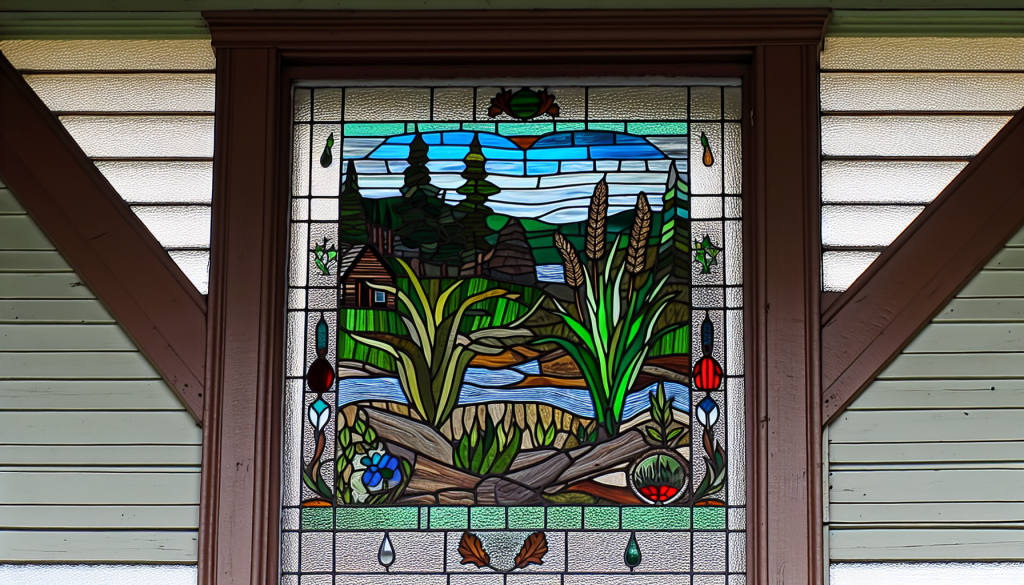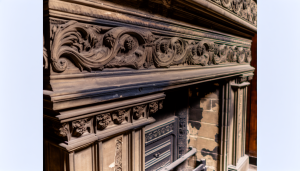Stained glass art, a hallmark of decorative opulence, has been an integral part of Canadian heritage home design for centuries. While many associate stained glass primarily with religious settings, its use in residential architecture across Canada tells a rich story of aesthetic evolution, cultural significance, and technological innovation.
Originally, stained glass in Canada mirrored European inspirations, especially the intricate designs found in Gothic cathedrals. But as Canadian identity evolved, so did the motifs depicted in residential stained glass, weaving in native flora and fauna, and scenes reflective of the Canadian landscape. This evolution marked a departure from purely religious themes to incorporate symbols of local identity and personal significance to the homeowners.
In the late 19th and early 20th centuries, during the Victorian and Edwardian eras, stained glass became a prominent feature in Canadian homes. These pieces weren’t just decorative; they were a status symbol, a mark of wealth and sophistication. The intricacies of the designs and the quality of the glass used were indicative of the homeowner’s social standing. Moreover, stained glass served practical purposes, such as privacy and insulation, making them a multifunctional element of home design.
Toronto, Victoria, and Montreal are exemplary cities where stained glass features prominently in heritage homes. The Cabbagetown area in Toronto, renowned for its Victorian and Edwardian buildings, showcases windows depicting intricate floral designs, birds, and other motifs drawn from nature, reflecting an era when bringing nature into one’s home was highly fashionable. Montreal’s historic districts display a blend of European elegance and Canadian ruggedness in their stained glass designs, often incorporating the maple leaf or local wildlife into traditional patterns.
The manufacturing of stained glass in Canada also contributes to its value in heritage home design. Early glass had to be imported, but by the late 19th century, Canadian glassmakers began producing their glass, marking a significant development in the national craftsmanship landscape. The unique qualities of Canadian-made glass, such as its texture and color variations, became sought after, not just domestically but internationally as well.
Preservation and restoration of stained glass have become paramount as these heritage homes age. Specialists in stained glass conservation work meticulously to maintain the vibrancy and integrity of these artworks, ensuring they can be appreciated for generations to come. Many of these conservationists also create new works, blending traditional techniques with contemporary designs, thereby continuing the tradition of stained glass art in Canadian home design.
Exploring the use of stained glass in Canadian heritage homes opens a window into the country’s cultural heart. These vibrant pieces of art are not mere decorations; they are storytelling elements, encapsulating the social histories, environmental appreciation, and artistic inclinations of their times. They remind us of the importance of preserving our architectural heritage, celebrating the beauty and craftsmanship that define Canada’s residential landscape.







